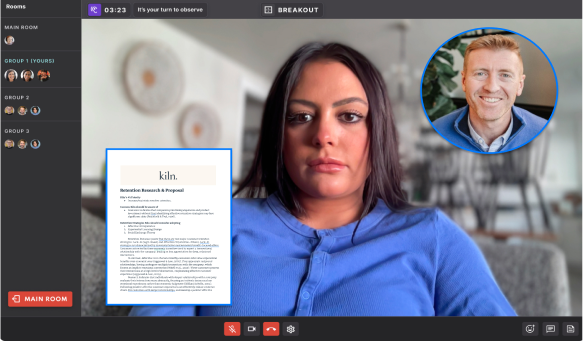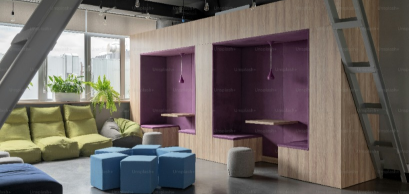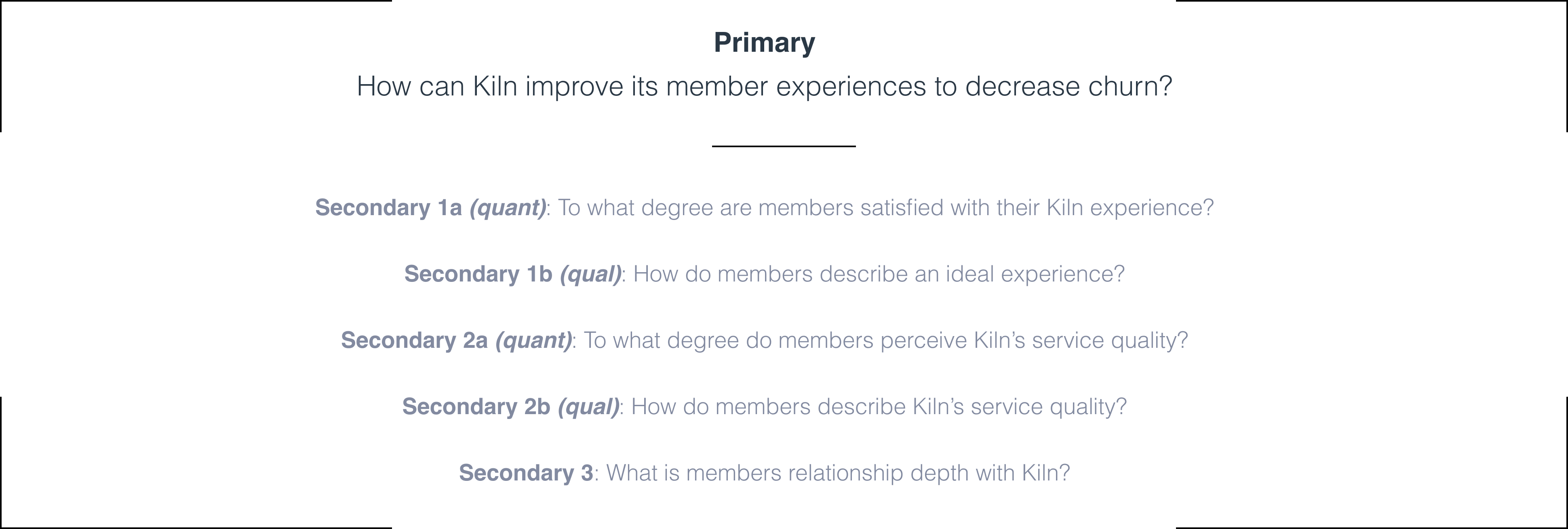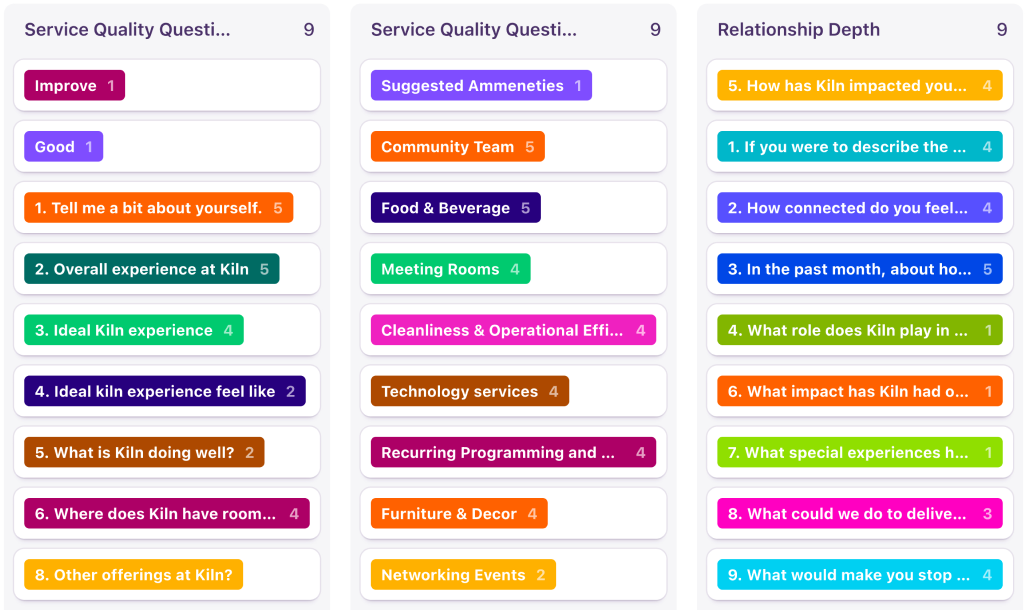During my Kiln internship, I focused on the importance of high-quality services for member retention. Using research-driven analysis, I developed a strategic retention plan and provided recommendations to enhance member experience.



A look into what the project entailed across the many changes, iterations, and explorations! So much to delve into.
Defining the Problem, Research Goal, & Questions
Collaborated with stakeholders to identify an increase in churned members and uncovered several untested hypotheses contributing to a knowledge gap about Kiln's members and it’s product. Crafted a research goal a questions.


Secondary Research & Planning
Conducted a literature review on marketing and retention strategies to create a detailed business strategy and research proposal aimed at enhancing Kiln members’ satisfaction, service quality, and b-to-c relationships to improve member experience and increase retention.


Data Collection & Analysis
Collected NPS and CRR data to inform and enhance the qualitative remote moderated interviews I conducted using semi-structured guides. Identified quantitative and qualitative themes.


Reporting & Recommendations
After analyzing the collected data I crafted detailed reports and provided actionable recommendations to improve member experience and reduce churn at Kiln.



















































